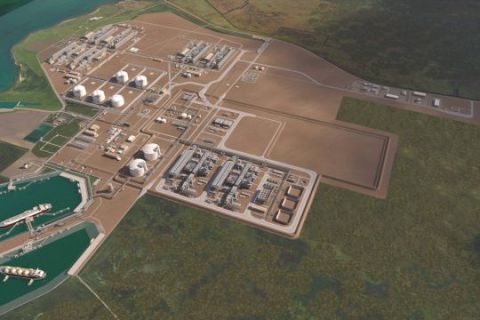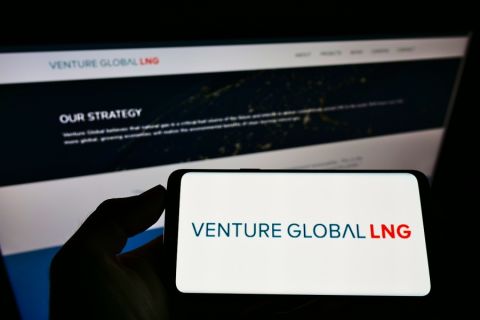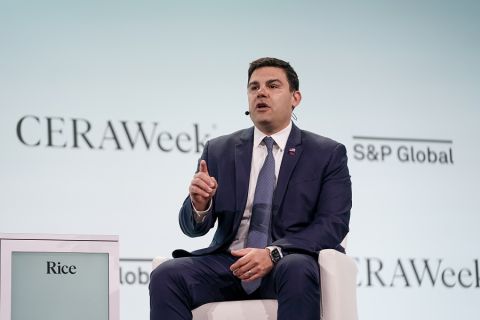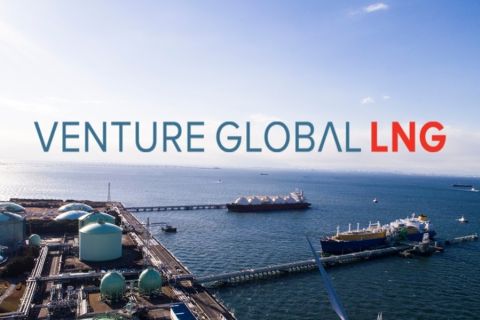When Cameron introduced the OneSubsea MARS Multiple Application Reinjection System, the prohibitive cost of subsea intervention on existing fields posed a major challenge to the oil and gas industry. Serving as a universal interface for christmas trees installed on the surface or seafloor, MARS allows processing equipment to be installed between existing tree isolation barriers. This, in turn, eliminates the need for high-cost and high-risk intervention to the field architecture. The technology won the production category of Hart Energy’s 2008 Meritorious Awards for Engineering Innovation (MEA) and has since played a key role in several major operations around the world.
“The MARS technology was aimed at the subsea processing market as an enabler to install boosting technology for brownfield developments,” Daniele Petrone, OneSubsea’s director of sales for MARS, said. “In the first project, MARS was a key enabler for a boosting solution for a field in the Gulf of Mexico. The second project was directed toward fluid injection in the North Sea to sustain and increase production from subsea wells.”
The technology can be applied to both vertical and horizontal trees and enables flexibility and choice for production optimization in both new and existing fields. In addition to decreasing intervention costs and risks, the technology can eliminate the need for field shutdown or flowline decommissioning.
Using MARS operators can fit any number of emerging or existing processing technologies into a field. The technology can be used in applications such as multiphase pumping and metering, fluid sampling, separation, bulk water management and reinjection, raw seawater injection, pressure boosting, chemical injection, high-integrity pressure protection systems, well kill, and flushing.
Recently, during a fluid injection installation in Angola, the system allowed effective production maintenance and flow assurance. “The operations were performed regularly and were cost-effective compared to other possible technologies,” Petrone said.
In the South China Sea, the use of the technology allowed the implementation of process modules housing flow meters and choke valves on a standardized interface. “The technology enables significant cost and time savings on the overall subsea architecture delivery,” Petrone said. “It also provides flexibility for the introduction of alternative or additional features during the life of the field.”
Since the technology’s introduction its range has significantly expanded in terms of water depth, pressure, and temperature. “Also, new applications for the technology such as sensor replacement, well kill applications, and process modules have been developed,” Petrone said.
Recommended Reading
Despite LNG Permitting Risks, Cheniere Expansions Continue
2024-02-28 - U.S.-based Cheniere Energy expects the U.S. market, which exported 86 million tonnes per annum (mtpa) of LNG in 2023, will be the first to surpass the 200 mtpa mark—even taking into account a recent pause on approvals related to new U.S. LNG projects.
Venture Global Gets FERC Nod to Process Gas for LNG
2024-04-23 - Venture Global’s massive export terminal will change natural gas flows across the Gulf of Mexico but its Plaquemines LNG export terminal may still be years away from delivering LNG to long-term customers.
Pitts: Producers Ponder Ramifications of Biden’s LNG Strategy
2024-03-13 - While existing offtake agreements have been spared by the Biden administration's LNG permitting pause, the ramifications fall on supplying the Asian market post-2030, many analysts argue.
EQT’s Toby Rice: US NatGas is a Global ‘Decarbonizing Force’
2024-03-21 - The shale revolution has unlocked an amazing resource but it is far from reaching full potential as a lot more opportunities exist, EQT Corp. President and CEO Toby Rice said in a plenary session during CERAWeek by S&P Global.
Venture Global Seeks FERC Actions on LNG Projects with Sense of Urgency
2024-02-21 - Venture Global files requests with the Federal Energy Regulatory Commission for Calcasieu Pass 1 and 2 before a potential vacancy on the commission brings approvals to a standstill.





